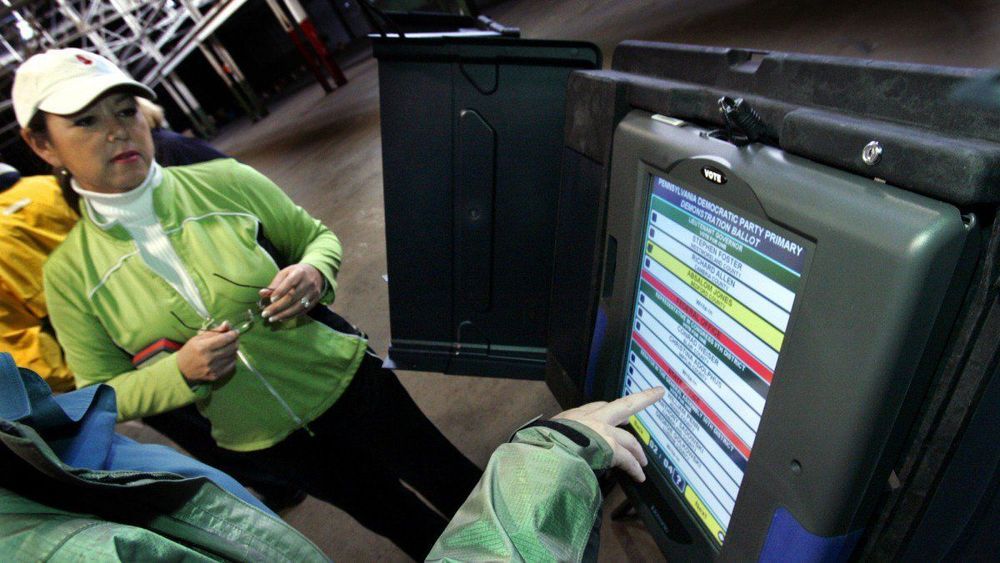On October 3, 2018, cell phones across the United States received a text message labeled “Presidential Alert.” The message read: “THIS IS A TEST of the National Wireless Emergency Alert System. No action is needed.”
It was the first trial run for a new national alert system, developed by several U.S. government agencies as a way to warn as many people across the United States as possible if a disaster was imminent.
Now, a new study by researchers at the University of Colorado Boulder raises a red flag around these alerts—namely, that such emergency alerts authorized by the President of the United States can, theoretically, be spoofed.








